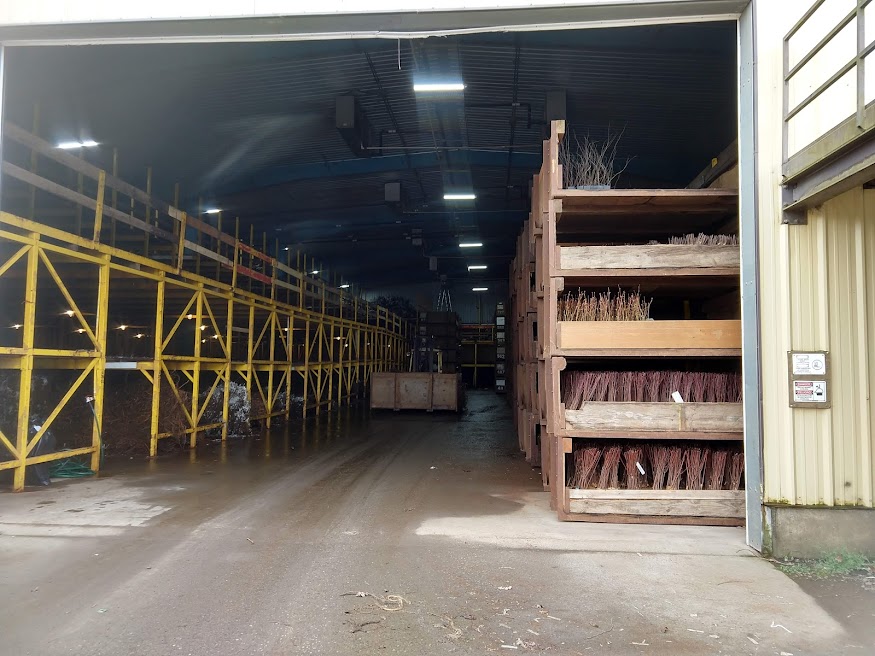Lloyd Nackley

- Oregon growers may have to store trees longer than usual when spring storms in the Midwest and Northeast limit shipping and planting.
- We assessed the effects that longer storage has on the health of trees and found that properly stored shade trees were not negatively impacted by longer storage.
- Our results indicate a wider window for shipping is possible.
Most of the trees grown in Oregon Nurseries are shipped to the Midwest and Northeast US. In the spring, massive storms in the Midwest and Northeast can put a freeze on trucking and transplanting of bareroot shade trees just as shipping season for Oregon Nurseries heats up. Oregon growers are faced with the question of will increased storage time impacts the quality of the bareroot as the frequency and severity of spring storms increase with Climate Change.

Deciduous trees, such as maples, crabapples, oaks, and others are some of the most valuable and most common types of trees grown in Oregon. The Oregon nursery industry takes advantage of plant dormancy periods to dig, store, and ship trees. Large cold storage facilities give nursery growers some flexibility to ship trees when the conditions on the consumer’s end are suitable for planting. For example, trees destined for the Midwest can be held until the region’s colder, longer winter is over.

How long trees can be stored is one of the key physiological questions for optimizing nursery production. Even dormant trees have limits to the length of time they can be kept in cold storage. Dormant trees rely on carbohydrate reserves for respiration and tissue development. The two key risks of storage are desiccation and carbon starvation due to respiration. We must understand the limits to cold storage so that growers can ensure they are shipping healthy, high-quality trees to their customers.

With support from the Oregon Association of Nurseries research committee and considerable help from the J. Frank Schmidt and Sons crew, we conducted a study, recently published in Frontiers in Plant Science[NL1] , in which we studied the impact of prolonged storage on six genera: Maple, Crabapple, Oak, Serviceberry, Honey Locust, and Kentucky Coffeetree. For each cultivar, we measured stem hydraulic conductance and vulnerability to embolism. Every week for 14 weeks (March–June), we removed trees of each cultivar from cold storage (1–2°C). Each week and for each cultivar, we measured stem water potential and water content. We planted trees each week to track survival and growth. Our results showed that for four cultivars (Maple, Crabapple, Oak, and Serviceberry), the stem water potentials measured in trees removed from storage suggest that the water transport system remains intact during storage. For two cultivars (Honey Locust and Kentucky Coffeetree), the water potential measured on trees out of storage exceeded safe values. However, planted Honey Locust and Kentucky Coffeetree trees from all weeks survived and grew to suggest that these species can repair or rebuild hydraulic function. Overall, the results show that the trees did not experience detrimental water relations or carbon starvation thresholds. Our results suggest that many young deciduous trees are resilient to conditions caused by prolonged dormancy and validate the current storage methods.

More info:
Front. Plant Sci. Sheridan and Nackley 2022 https://doi.org/10.3389/fpls.2022.818769
Digger Magazine: http://www.diggermagazine.com/the-cold-shoulder-season/ 2021

